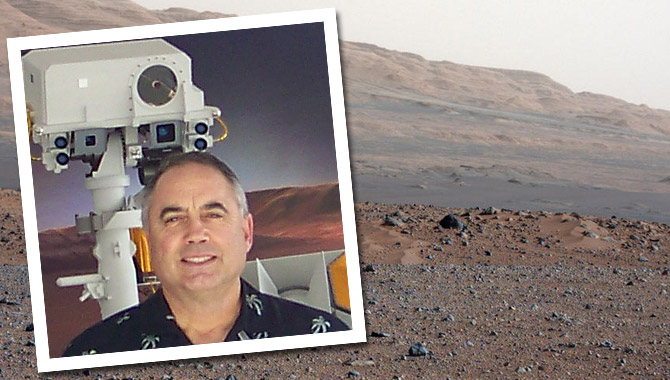
David Oberhettinger discusses knowledge management at the Jet Propulsion Laboratory.

David Oberhettinger discusses knowledge management at the Jet Propulsion Laboratory.

Newly appointed APPEL Director Roger Forsgren shares his insight into what’s to come for program/project management and engineering training at NASA.

The Human Exploration Operations Mission Directorate (HEOMD) released its risk record library online.

The 2013 Systems Engineering Leadership Development Program (SELDP) graduated eight new systems engineers.

The Academy of Program/Project and Engineering Leadership (APPEL) presents “Masters with Masters,” a series that brings together master practitioners to reflect on their experiences, lessons learned, and thoughts about upcoming challenges.
October 29, 2010 Vol. 3, Issue 10 The International Space Station (ISS) partners approved a new international docking standard.
June 30, 2010 Vol. 3, Issue 6 Len Fisher explains how swarm intelligence found in the animal kingdom applies to human leadership, networking, and decision making in his new book The Perfect Swarm.
June 30, 2010 Vol. 3, Issue 6 After a seven-year journey to an asteroid and back, JAXA’s Hayabusa returned home.
June 30, 2010 Vol. 3, Issue 6 The demands of excellence are the same the world over.